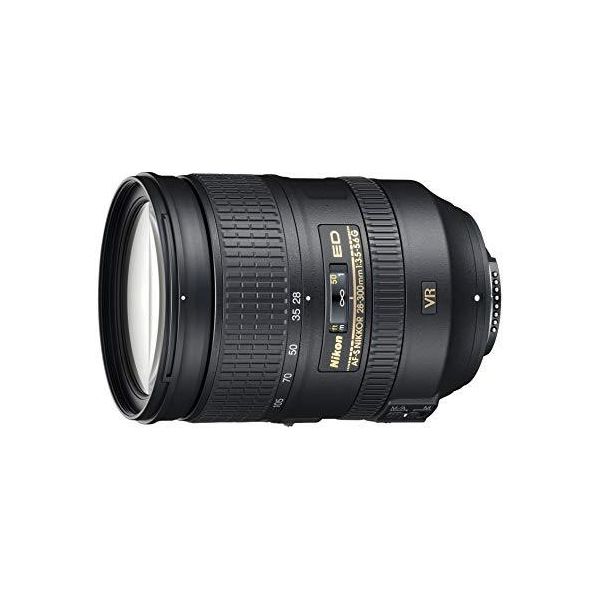Jennifer Hearn
This fits your .
Compatible Camera Mount
Nikon F (FX)
Focus Type
Ring-type ultrasonic
Item Dimensions
4.53 x 3.27 x 3.27 in
Item Weight
1.76 lbs
Lens Type
Telephoto











